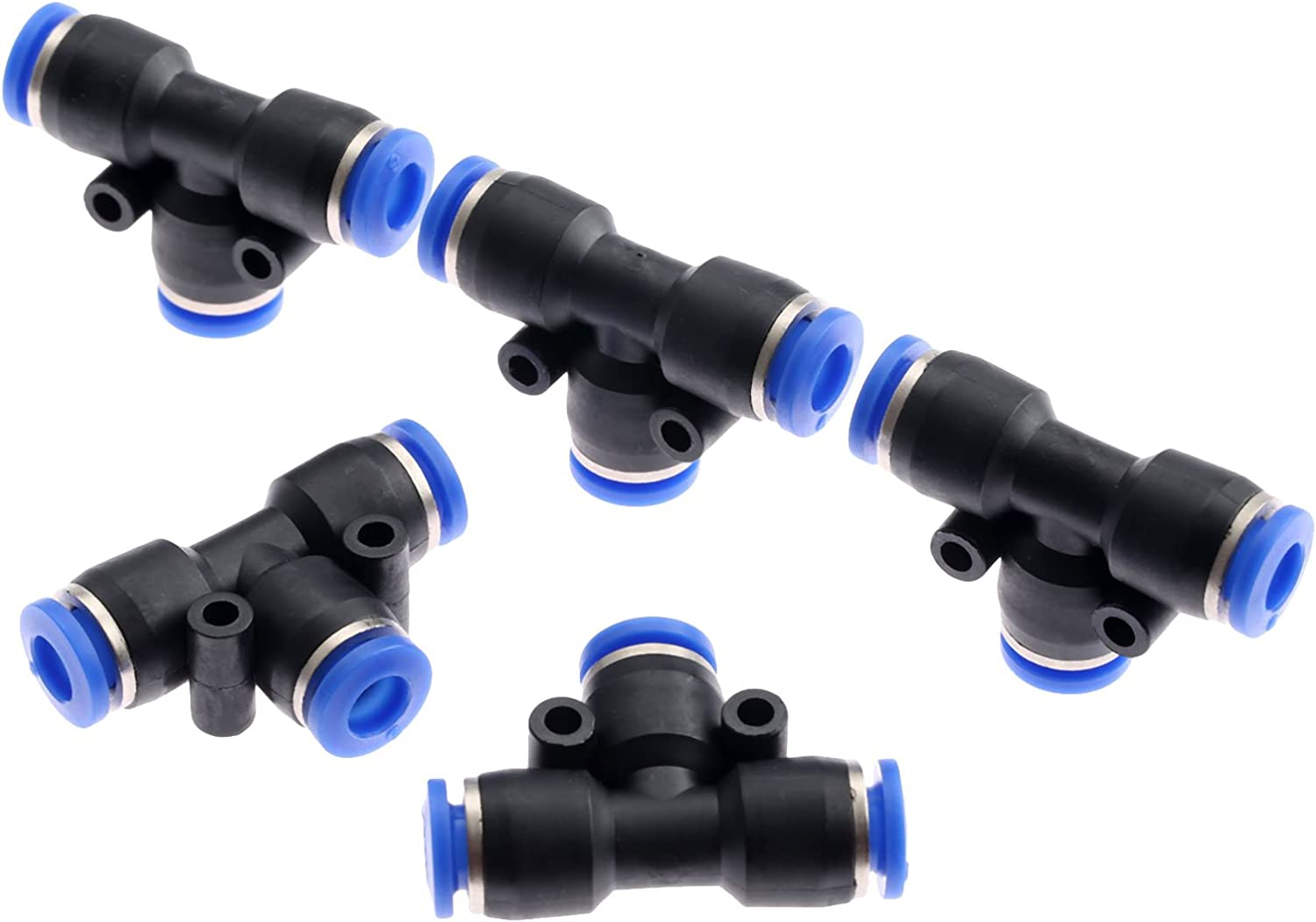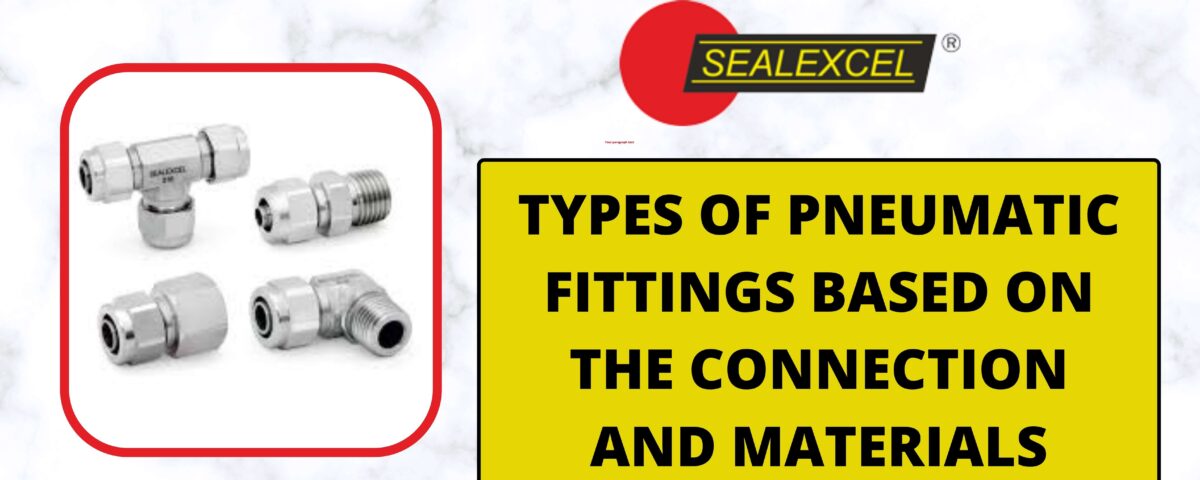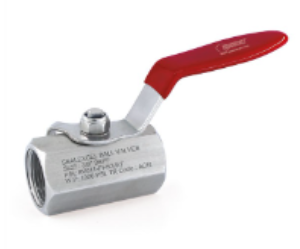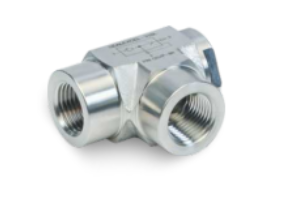
The Industrial Applications And Maintenance Of Pneumatic Fittings
June 3, 2022
Exploring Pneumatic Pipe Fittings: An Interactive Guide To Their Uses And Benefits
March 10, 2023Pneumatic power systems include any automated or mechanized process or machine that moves because of compressed air or gas under pressure. In this case, a good counterexample would be hydraulic systems, in which liquids held under similar compression forces inside a sealed system move things.
A wide range of pneumatic fittings, couplings, valves, and adaptors connect the vast majority of these conduits to the devices they power. A pneumatic fitting is any connector that connects parts or devices in a sealed, pressurized dry-air system.
Types of Pneumatic Fitting Connections –
When you go shopping for connectors and adaptors for this kind of system, you will have a lot of choices that cover a wide range of different styles and ways to put them together. Here are some of the most common:
Push-In Pneumatic Fittings
This type is made to be quick and easy to put together and take apart, but it is also secure and reliable. They often let you connect and disconnect different tubes, pipes, and tools without using them. This makes them perfect for pneumatic fittings that often need to be put back together.
Most push-in fittings have a collet or grab ring around the connection point. The hose or pipe slides through the collet or grabs a ring and automatically grips and holds the tubing. When you push down the collet with two fingers, the fitting comes off the tube immediately.
Plastic or different types of metal can be used to make push-in fittings. Most low-pressure systems use plastic fittings, while high-temperature applications or environments may need metal fittings.
Tube-to-Tube Pneumatic Fittings
There are many different diameters, sizes, and materials for tube-to-tube adaptors. They are used to connect two pieces of tubing, either straight or at an angle. Different kinds work with varying types of conduit, like nylon, polyurethane, or polyamide conduit.
Ball and Sleeve Fittings
Ball and sleeve fittings connect a sleeve on the outside to a ball fitting on the inside. The two ends of the fitting can be joined or taken apart by pulling the sleeve back. Some ball and pneumatic fittings can be used as push-to-connect fittings, which are helpful in situations where the hose section needs to be disconnected and reconnected often.
Threaded-to-Tube Pneumatic Fittings
Either this type of pneumatic fittings has screw-down threading on the inside or outside edge of the connector, which will be sized to fit with matching threads on the end of the hose or conduit.
Straight-threaded fittings are meant to make a strong connection between two parts, but they do not always make an airtight seal on their own. For pneumatic applications, this type of threading will need an extra sealant coating or a layer of Teflon tape. Fittings with tapered threading are meant to be airtight without any extra coatings or tape. This may be needed in some workplaces where sealants and coatings could cause corrosion or contamination.
Thread-to-Barb Air Fittings
This is usually a push-on fitting, where the hose or tube is pushed over a barb to hold it in place. Then, a knurled nut is tightened around the pipe and barb to ensure the connection is secure enough to use under air pressure.
Pneumatic fittings come in many different sizes and shapes and can be put together differently. Shaped fittings make sure that the design of a pneumatic system works well. Other unions and adaptors can reduce or increase the pipe diameter or ensure a smooth flow between fittings.
Pneumatic fittings are used to connect two pieces of tubing, either straight or at an angle. Different kinds work with varying types of conduit, like nylon, polyurethane, or polyamide conduit.
Industrial Pneumatic Connectors in Mumbai – Expertly Engineered by Sealexcel
When it comes to building reliable pneumatic systems, choosing the right fittings is critical. As a trusted manufacturer of industrial pneumatic connectors in Mumbai, Sealexcel offers a wide array of connection types and materials tailored to meet the specific needs of diverse industries. From automotive manufacturing to food processing, our pneumatic connectors are designed to deliver precision, durability, and unmatched performance.
Our pneumatic fittings include various types, such as push-in, threaded, compression, and barb connectors, each suited for different pressure ranges, tubing sizes, and installation methods. Sealexcel’s fittings are crafted using top-grade materials like stainless steel, to ensure chemical resistance, high flow efficiency, and secure connections even in the most demanding industrial environments.
What makes us a leading supplier of industrial pneumatic connectors in Mumbai is our commitment to quality and innovation. Every connector we produce undergoes rigorous testing to meet global performance standards, ensuring seamless operation and long service life. Whether you need quick installation for automated assembly lines or robust sealing for fluid transfer systems, we have a solution built to last.
Sealexcel’s extensive product range supports system designers, maintenance engineers, and OEMs with fittings that reduce assembly time and increase productivity. Our connectors are designed for compatibility with a wide variety of pneumatic components, offering flexible solutions for complex system requirements.
With years of industry experience and a strong reputation across Mumbai’s manufacturing sectors, Sealexcel continues to lead in the design and supply of pneumatic fittings that power industrial growth. Explore our educational resources and product lineup to find the ideal connectors for your next project.




